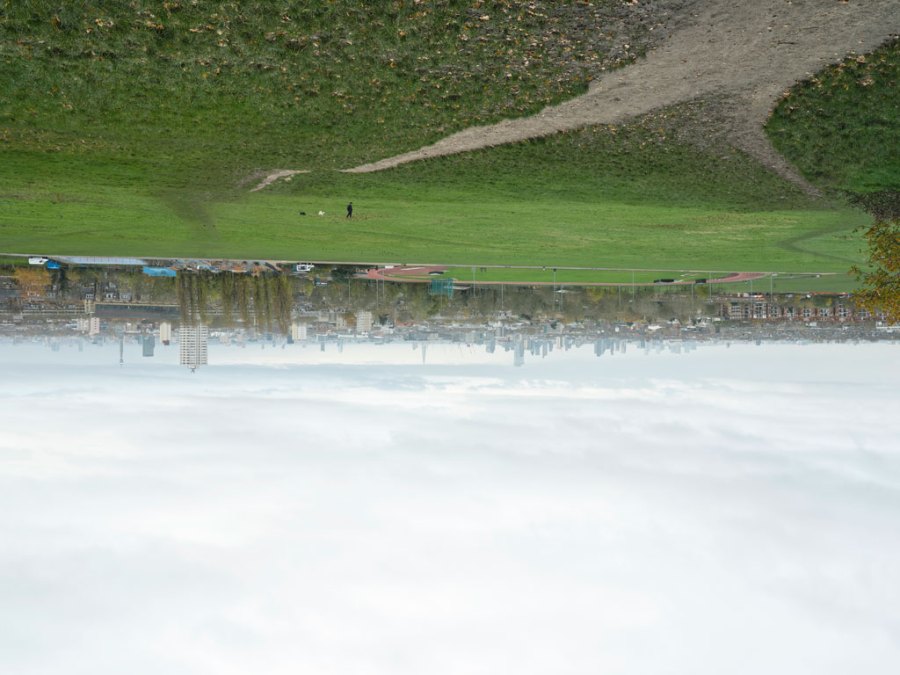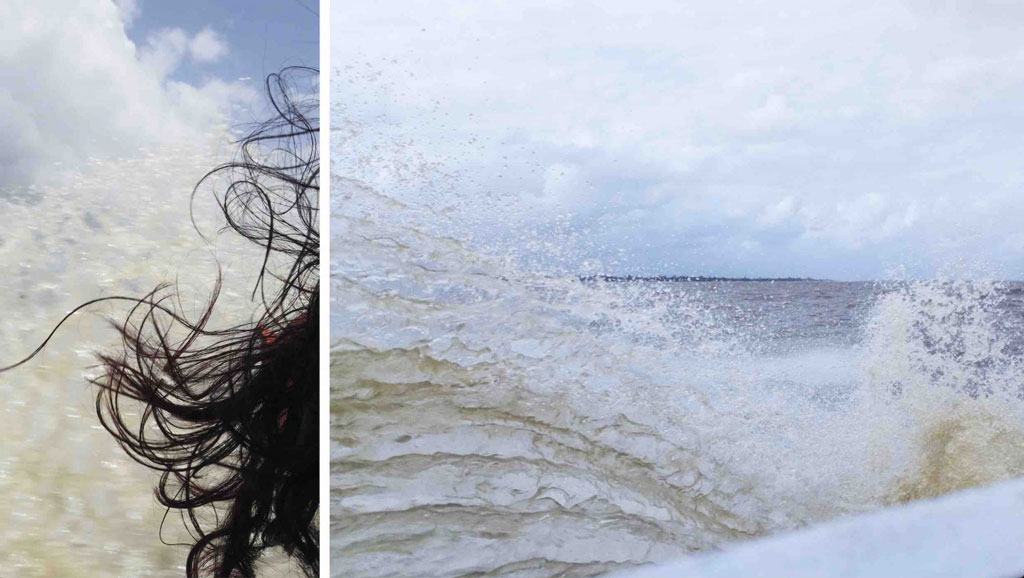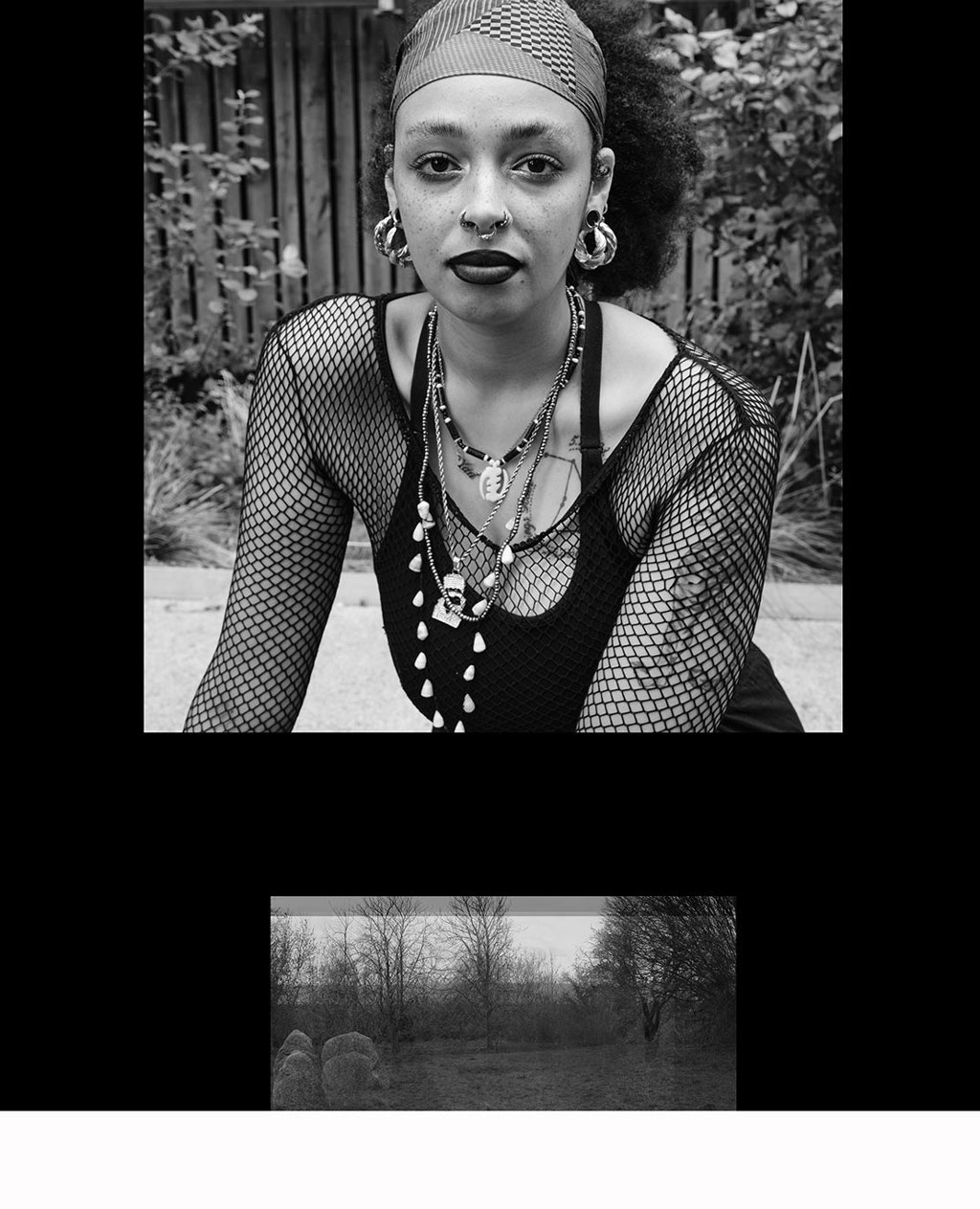The Centre for British Photography (CBP) has announced their six new exhibitions and other displays focusing on landscape and environmental photography. Work featured will include lightbox composite work by Helen Sear to Plastic Soup, an immersive exhibition by award-winning photographer Mandy Barker intended to raise awareness of marine plastic pollution as well as work by emerging photographers following the CBP’s open call a few months ago,
These exhibitions will run from 8 June to 24 September 2023 and entry is free. To find out more, visit the Centre for British Photography’s website.
James Hyman, Director of the CBP said, ‘In an era obsessed with celebrity, documentary and reportage, we are taking a stand to bring attention to brilliant conceptual work by a diverse group of photographers that engages with our relationship to the natural world.’
From Centre for British Photography:
New CBP exhibitions
Landscape Trauma
Featuring the work of Keith Arnatt, John Blakemore, Victor Burgin, John Davies, Willie Doherty, Melanie Friend, Fay Godwin, Paul Hart, Paul Hill, Roshini Kempadoo, Simon Norfolk, Ingrid Pollard, Mitra Tabrizian, and Jane and Louise Wilson.
“When we ‘see’ a landscape, we situate ourselves in it.” John Berger
“Culture is the agent; the natural area is the medium; the cultural landscape the result.” Carl Sauer
Coinciding with the 25th anniversary of Simon Norfolk’s seminal book, For Most of It I Have No Words (1998), Landscape Trauma will present the landscape as a site of history and conflict as well as the subject of more recent human interventions that include farming, industry, oil exploration, tourism, terrorism and war.
The exhibition is structured around two major themes, Natural Histories and Human Nature. It builds from the ideas of “cultural landscape” pioneered by the geographer Carl Sauer, as developed by Denis Cosgrove in his conception of “symbolic landscape” and by William Ewing in his study of “altered landscapes”.
Natural Histories explores the ways in which the past is reflected in the present. Victor Burgin combines the distant and recent past to address the Holocaust; Simon Norfolk presents sites of atrocities; Willie Doherty shows an anti-terrorist road-block; Ingrid Pollard uses rock strata to embody the accumulated layers of history; and Jane and Louise Wilson monumentalise the massive insertion of concrete look-out bunkers.
Human Nature presents more recent incursions into the countryside. Keith Arnatt’s ANOB (Area of Outstanding Natural Beauty) looks at the effects of tourism; John Blakemore, Fay Godwin, and Paul Hill address the ways that our right to roam is restricted; Melanie Friend shows an Immigration Removal Centre at Dover and war games on Salisbury Plain; Paul Hart explores the dominance of industry and electricity pylons; John Davies campaigns to preserve trees and thereby thwart a housing development; Mitra Tabrizian wittily shows the ways that the pandemic turned our world upside-down; and Roshini Kempadoo critiques the links between oil exploration and colonialism.
Mandy Barker: Plastic Soup
The work of award-winning photographer, Mandy Barker, is created to raise awareness of marine plastic pollution and has received global recognition. This is its first showing in London of Plastic Soup which was initially staged by the National Trust at Laycock Abbey. In this immersive exhibition Barker uses visual interpretation and scientific collaboration to inspire people into action in tackling this global environmental problem.
‘Soup’ is a description given by scientists to plastic debris suspended in the sea, and with particular reference to the mass accumulation that exists in an area of The North Pacific Ocean known as the Garbage Patch. The series of images aims to stimulate an emotional response in the viewer by combining a contradiction between initial aesthetic attraction and social awareness. The sequence reveals a narrative concerning oceanic plastics from initial attraction and attempted ingestion, to the ultimate death of sea creatures and representing the disturbing statistics of dispersed plastics having no boundaries. All the plastics photographed have been salvaged from beaches around the world and represent a global collection of debris that has existed for varying amounts of time in the world’s oceans. The captions record the plastic ingredients in each image providing the viewer with the
realisation and facts of what exists in the sea.
New CBP displays
John Blakemore: Seduced by Light
John Blakemore: Seduced by Light will include landscapes that combine up to 48 exposures in an effort to capture the ever-changing light and wind over time in a single image. The display will also present a selection of John Blakemore’s unique hand-made artists books which suggest the possibility of a spiritual communion with nature through his poetic response to light.
The display will also be an opportunity to view a selection of John Blakemore’s unique artist’s books, and will be accompanied by a new film, commissioned by the Centre for British Photography, about the photographer.
Jermaine Francis: A Storied Ground
Jermaine Francis: A Storied Ground will be the London premiere of this recent body of work. In it Francis uses multiple images to explore a black presence in nature.
Francis uses these images to point out the codes in English pictorialism and landscape imagery, and to the flattening and uniformity these codes create. He plays with the seductiveness of the space, wanting to disrupt the beauty that is considered part of the landscape – making montages to physically disrupt that space for the viewer.
Historically the Black figure is absent in the English landscape, which has a strong relationship to nationalism and colonialism. Francis considers the Black figure in the landscape, to show how these codes infiltrate and influence how the Black figure is seen. He disrupts the viewing experience in a slightly ambiguous, obtuse way, to create figures like ghosts that still exist in the space
Related content:
- Centre for British Photography opens to the public!
- Best photography exhibitions to see in 2023
- Guide to Landscape Photography
- How to win landscape photography competitions














